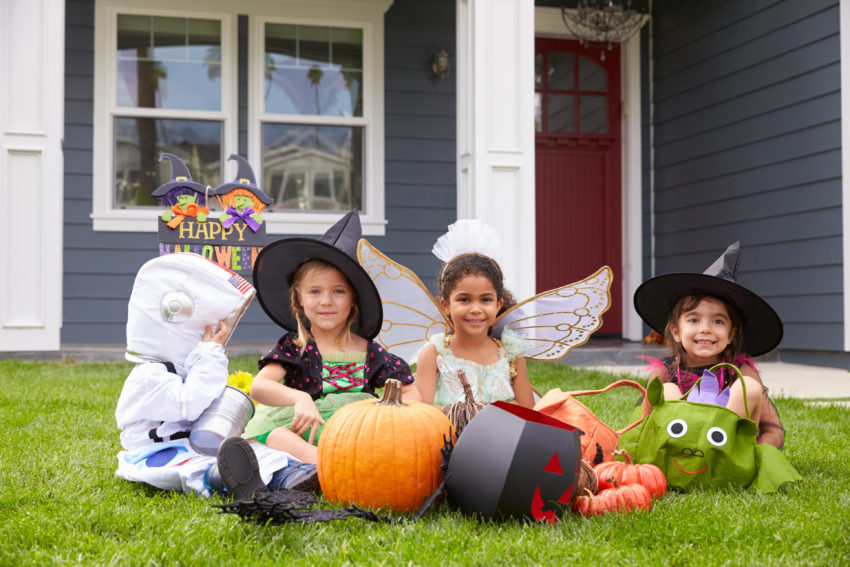
Share On Social!
SaludToday Guest Blogger
Jefferson Dental Clinics
What’s scarier than ghosts, goblins and witches this Halloween?

Sugar.
One night of trick-or-treating and candy-eating may not be a big deal, but prolonged consumption of sugary treats can wear on tooth enamel.
Dental health is a good reason for parents to teach moderation when it comes to sugary treats, helping kids learn that treats are special and not for snacking on all day or night long. A good time have limited treats is after a large meal, when saliva production is at its peak from breaking down your food.
Here’s five things to avoid or allow on Halloween:
1. Avoid: Hard candies. Jawbreakers and suckers that slowly dissolve in your mouth can be especially harmful because of the amount of time the sugars sit on the tooth’s surface. Chipped teeth are another concern with eating hard candies.
2. Avoid: Chewy candy. Taffies, toffies, gummies and caramels can get stuck in the crevices of your teeth, and can continue promoting decay for hours or days.
3. OK: Sugar-free candies and gums. These are the best treat option for adult and developing teeth. In fact, some of them actually encourage saliva production, which is the top defendant against cavities.
4. OK: Chocolate-based sweets. Chocolate, especially dark chocolate, rinses from teeth easily and in some cases provides beneficial antioxidants when ingested.
5. OK: Powdery candy. While sugar-based, this dissolves quickly and doesn’t stick to teeth.
A final tip is to drink a lot of water while consuming candy, and brush, floss and rinse right after eating it so sugar doesn’t have time to break down enamel or promote bacteria growth.
Keep oral hygiene in mind and have a scream this Halloween!
Explore More:
Maternal & Child HealthBy The Numbers
20.7
percent
of Latino kids have obesity (compared to 11.7% of white kids)



